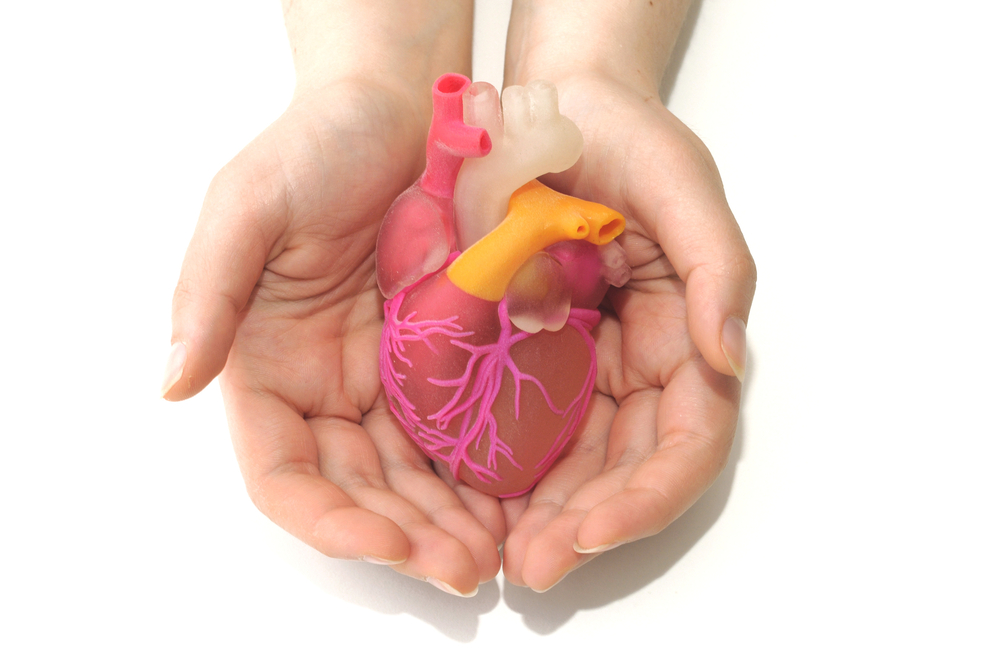MRI Technique Seen to Aid in Detecting Early Cardiac Anomalies in DMD Children

T1 mapping, a cardiac magnetic resonance (CMR) imaging technique, can serve as a useful biomarker for detecting myocardial fibrosis and poorer heart function in young patients with Duchenne muscular dystrophy (DMD) and other cardiomyopathies, according to a new study.
The study, “Native T1 Values Identify Myocardial Changes And Stratify Disease Severity In Patients With Duchenne Muscular Dystrophy,” was published in the Journal of Cardiovascular Magnetic Resonance by investigators from research units in Washington, D.C.
DMD is characterized by loss of muscular function, including in the heart and lungs, and mortality in this disease is associated with cardiopulmonary failure due to cardiomyopathy and restrictive pulmonary disease. But at younger ages, the development and progression of dilated cardiomyopathy can be variable, and markers of disease onset can help to predict its severity.
DMD cardiomyopathy therapies require assessment of the left ventricle (LV) to detect changes in the extracellular matrix (ECM) as myocardial changes associated with cardiomiopathy. However, current measures of LV remodeling are limited.
The study compared the ability of T1 mapping and extracellular volume (ECV; a recent technique to measure myocardial changes) measurements to differentiate risk of myocardial disease in DMD patients and a control group.
It included 20 boys with DMD and 16 age-matched boys, with potential cardiac problems but no predisposition for cardiac fibrosis, underwent CMR with contrast. The examination included left ventricular ejection fraction (LVEF), left ventricular mass, and presence of late gadolinium enhancement (LGE).
Results showed that both T1 and ECV values were significantly higher in the DMD group. However, while increased in these patients, ECV could not distinguish disease severity within the DMD group, whereas T1 demonstrated a 50 percent increase in the ability to predict disease state between the control group, and DMD patients with or without fibrosis.
“Native T1 values can be measured with CMR and used to assess myocardial changes, including fibrosis and inflammation, and disease state … making this a viable, quantitative measure of subclinical disease without the use of contrast that could be used to monitor early cardiac therapies,” the researchers wrote.






